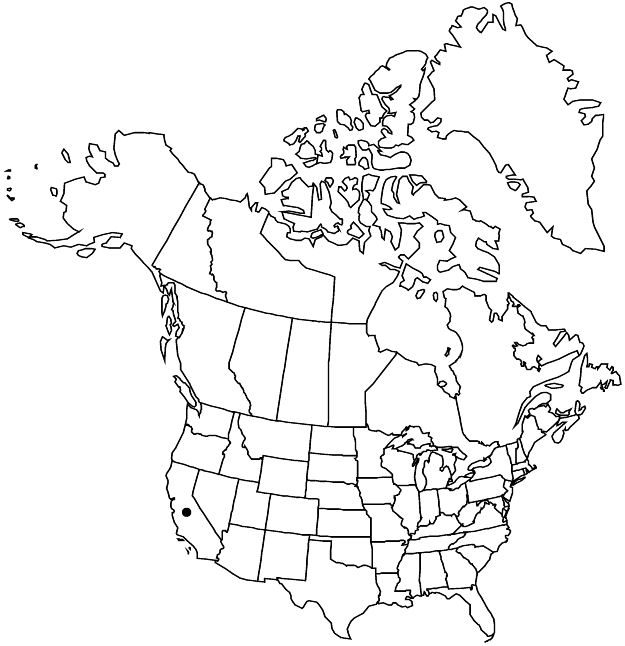Difference between revisions of "Oxalis incarnata"
Sp. Pl. 1: 433. 1753.
FNA>Volume Importer |
FNA>Volume Importer |
(No difference)
| |
Revision as of 18:20, 24 September 2019
Herbs perennial, caulescent, rhizomes present, 3–8 cm, slender, sometimes producing small tubers, stolons absent, bulblets often present on rhizomes and in leaf axils. Aerial stems mostly 1–4 from base, mostly erect, 5–25 cm, herbaceous, glabrous. Leaves cauline, usually in pseudowhorls of 4–8, sometimes opposite proximally; stipules rudimentary; petiole 2–5(–7) cm; leaflets 3, green, sometimes purplish abaxially, obcordate, 6–10(–15) mm, lobed 1/4 length, lobes apically convex, surfaces glabrous, oxalate deposits absent. Inflorescences 1-flowered; peduncles 5–7 cm. Flowers: stamen/style arrangement not seen; sepal apices with 2 orange tubercles; petals white to pale pinkish purple with darker veins, 10–20 mm. Capsules not seen.
Phenology: Flowering Jan–May.
Habitat: Shady, disturbed, generally urban sites, greenhouses, roadsides, yards.
Elevation: 0–200 m.
Distribution

Calif., Africa (South Africa), introduced also in Europe, Pacific Islands (New Zealand), Australia.
Discussion
Oxalis incarnata is recognized by its rhizomatous habit, small leaves in pseudowhorls, and large, solitary, flowers with white to pink or purple petals. Plants apparently are seed-sterile in California.